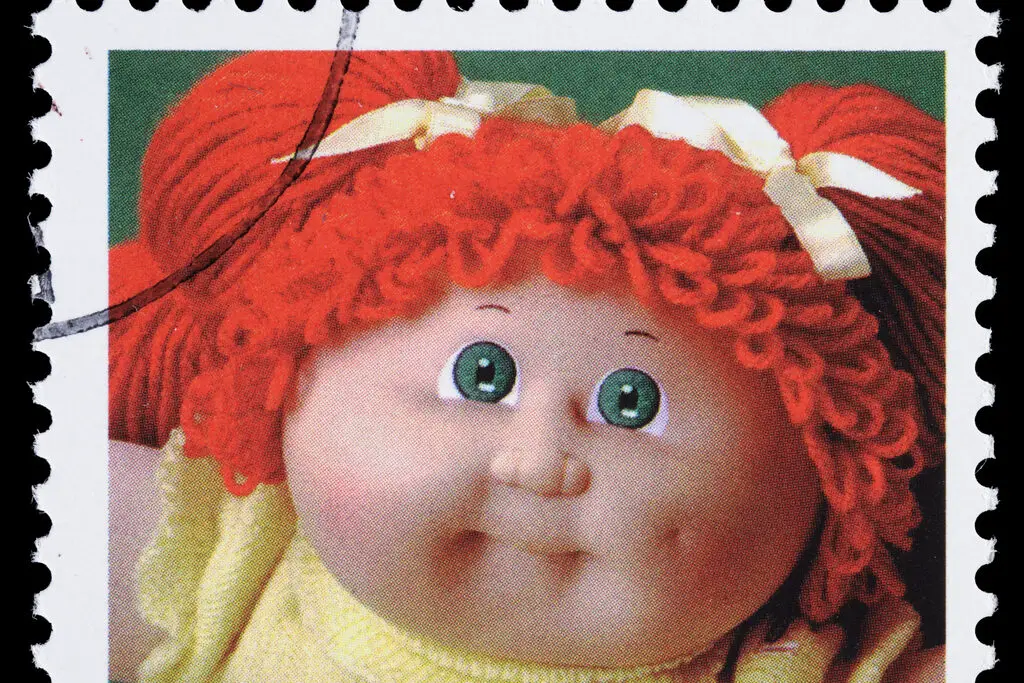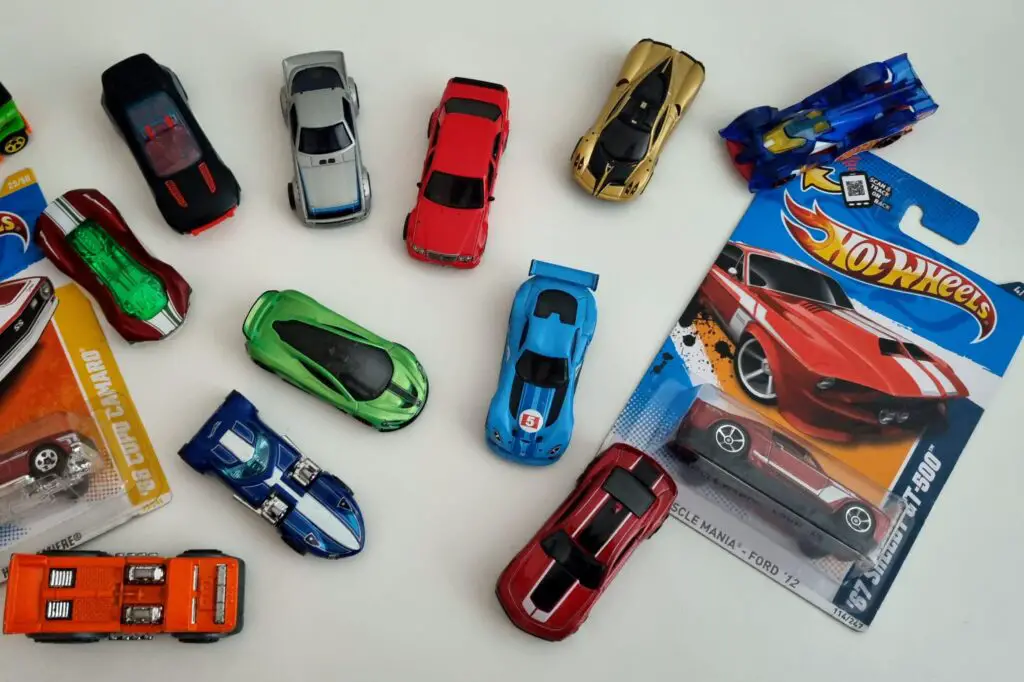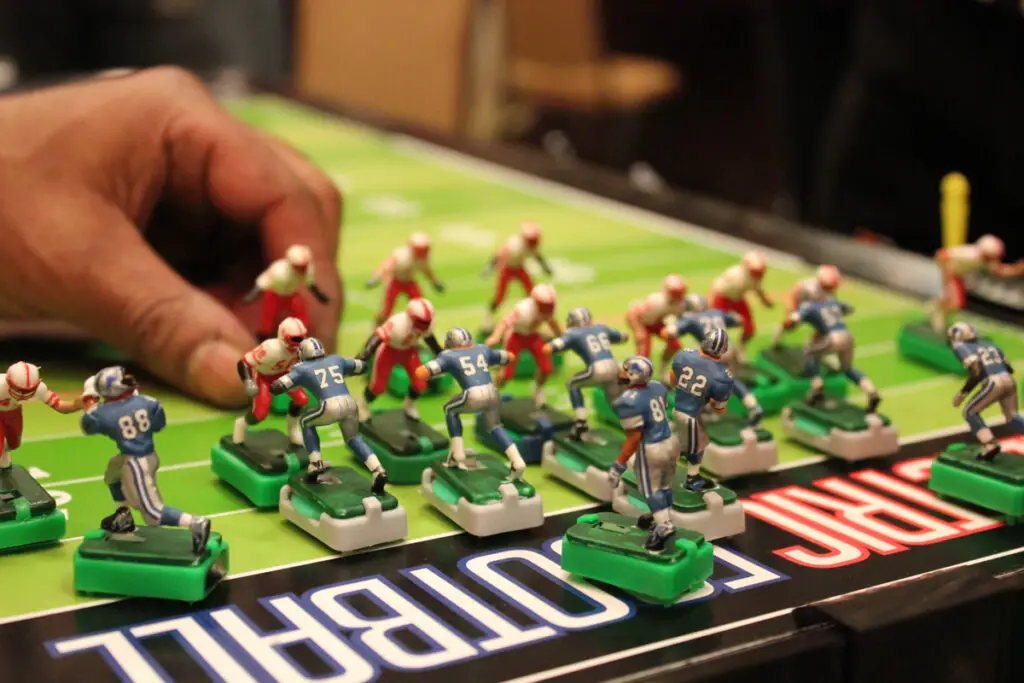1. The Atomic Energy Lab

In the early ’60s, the Atomic Energy Lab was marketed as a fun way for kids to get hands-on experience with real science. With its miniature nuclear reactor and uranium ore, it promised to be the educational toy of the decade. However, the idea of children playing with radioactive material didn’t sit well with many parents or the government. The toy was quickly pulled from shelves after concerns about its safety began to grow.
Despite its educational intent, the lab’s potential dangers overshadowed its appeal. By the time it was discontinued, it had only been on the market for less than a year. The toy’s brief existence remains a stark reminder of how marketing can sometimes push the boundaries of what’s safe for children. Looking back, it’s easy to see why this one didn’t last long.
2. The Lawn Mower Toy

In the ’60s, the Lawn Mower Toy was designed to mimic the fun of cutting grass, but instead of a motor, it used a simple plastic handle and spinning wheels. Marketed as an exciting outdoor toy, it seemed like a safe and entertaining way to keep kids busy during the summer. However, it didn’t take long for parents to realize the toy was causing more harm than fun.
The spinning wheels on the toy created sharp edges that led to injuries when children tried to pick it up or push it too quickly. Some reports even mentioned the toy causing serious cuts. The safety concerns were enough to lead to the toy’s removal from shelves, making it one of the short-lived and forgotten toys of the era.
3. The Cabbage Patch Snacktime Kids Doll

Released in the early ’90s, the Cabbage Patch Snacktime Kids Doll was supposed to be a fun twist on the iconic Cabbage Patch Kid line. These dolls were designed to “eat” plastic snacks when kids fed them through a small opening. But the novelty quickly turned into a nightmare when children’s hair started getting stuck in the doll’s mechanical jaws.
The malfunctioning dolls sparked panic when kids reported getting their hair caught, leading to several injuries. Within a few months, toy stores stopped selling them, and the dolls were recalled. The brief run of the Snacktime Kids serves as a reminder that sometimes, even the most innocent toys can lead to unexpected—and dangerous—consequences.
4. The Lawn Darts

Lawn darts, with their sharp metal tips, were once a popular backyard game. However, these toys were so dangerous that they quickly became notorious for causing serious injuries, particularly to children. The darts were heavy and sharp, which led to several reports of injuries and even a few fatalities.
Despite being marketed as a family-friendly game, they were banned in the United States in 1988 after the Consumer Product Safety Commission deemed them hazardous. The metal-tipped darts were swiftly replaced by safer versions, but the original lawn darts have since become a forgotten relic of a bygone, dangerous era. It’s hard to imagine today how such a dangerous toy ever seemed like a good idea.
5. The Hot Wheels “Super-Charger” Set

Released in 1970, the Hot Wheels “Super-Charger” Set promised endless fun for car lovers. The set came with a car launcher designed to launch vehicles at high speeds, using a small, battery-powered mechanism. However, it didn’t take long for the toy to show its flaws, as the speed of the cars combined with the dangerous plastic materials led to injuries from flying parts.
Kids who used the toy often found themselves accidentally injuring their faces, hands, or other body parts. The toy was banned within a year due to concerns about safety, but not before it had caught the attention of collectors. It’s an example of how, even with popular toys, manufacturers sometimes don’t anticipate the risks until it’s too late.
6. The Electric Football Game

The Electric Football Game, introduced in the ’60s, seemed like the ultimate football experience. Players would use a vibrating base to move plastic football players around the field, creating a quirky and unique game that captivated kids for a short time. However, the vibrating mechanism was poorly designed, often sending players in unpredictable directions, making the game frustrating and difficult to play.
Despite its initial popularity, the game quickly fell out of favor due to its poor performance. Kids who were hoping for a dynamic, realistic football experience were left disappointed. The game’s failure to live up to expectations—and its shaky reputation—led to its removal from the market, though its legacy is still remembered by collectors today.
